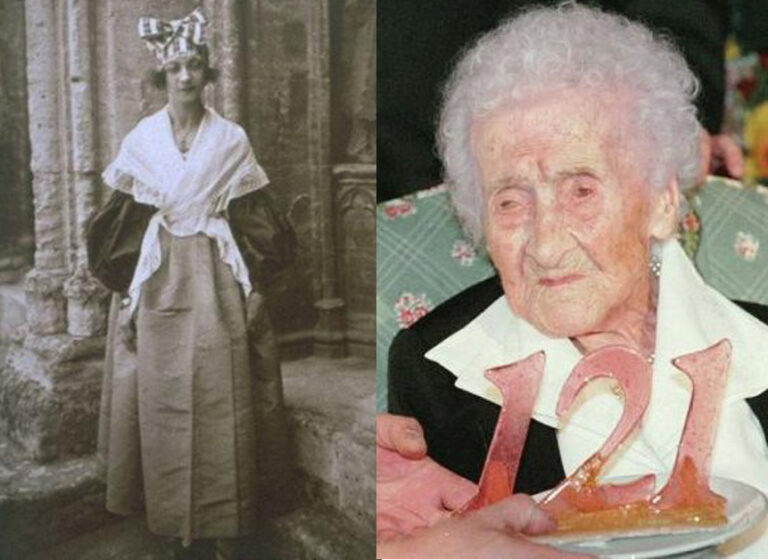In recent years, there has been a substantial amount of media attention on “Blue Zones,” communities around the world where many people make it to their 100th birthdays and beyond. The term was first used in 2004 by a team of researchers led by Dr. Michel Poulain, who discovered that Italy’s Nuoro province on Sardinia had a greater population of male centenarians. [1] They had a map of Italy where they marked more concentrated regions of centenarians with a blue pen—hence the phrase “Blue Zones.”
The research was noticed by an American entrepreneur and expedition organizer named Dan Buettner, who approached The National Geographic Society with an idea to research worldwide longevity hotspots. He identified four more regions: Okinawa, Japan; Loma Linda, California; Nicoya Peninsula, Costa Rica; and the island of Ikaria, Greece. He wrote about all of this in his 2008 book, The Blue Zones: Lessons for Living Longer from the People Who’ve Lived the Longest. [2]
What Buettner didn’t fully cover in the book was how difficult it was to accurately identify Blue Zones. Researchers who try to identify where the highest concentrations of centenarians are on the planet face unreliable testimonials and incomplete birth records. Poulain used a Gaussian Neighborhood Distribution, which is a means of weighting regions through cluster analysis. In short, it’s an estimation.
However, since the book focused on “those who’ve lived the longest,” it’s important to differentiate centenarians (those who’ve lived past 100) from supercentenarians (those who lived past 110.) Sardinia, the first Blue Zone, actually only had two supercentenarians.
Admittedly there is a wealth of data from Sardinian centenarian longevity data which has important ramifications for health and wellbeing, however, if we want to learn from “those who’ve lived the longest,” we should examine those people, not the second-best group.
Continue reading Doc Smith’s article on thepaleodiet.com. This article excerpt used with permission of The Paleo Diet, LLC.

